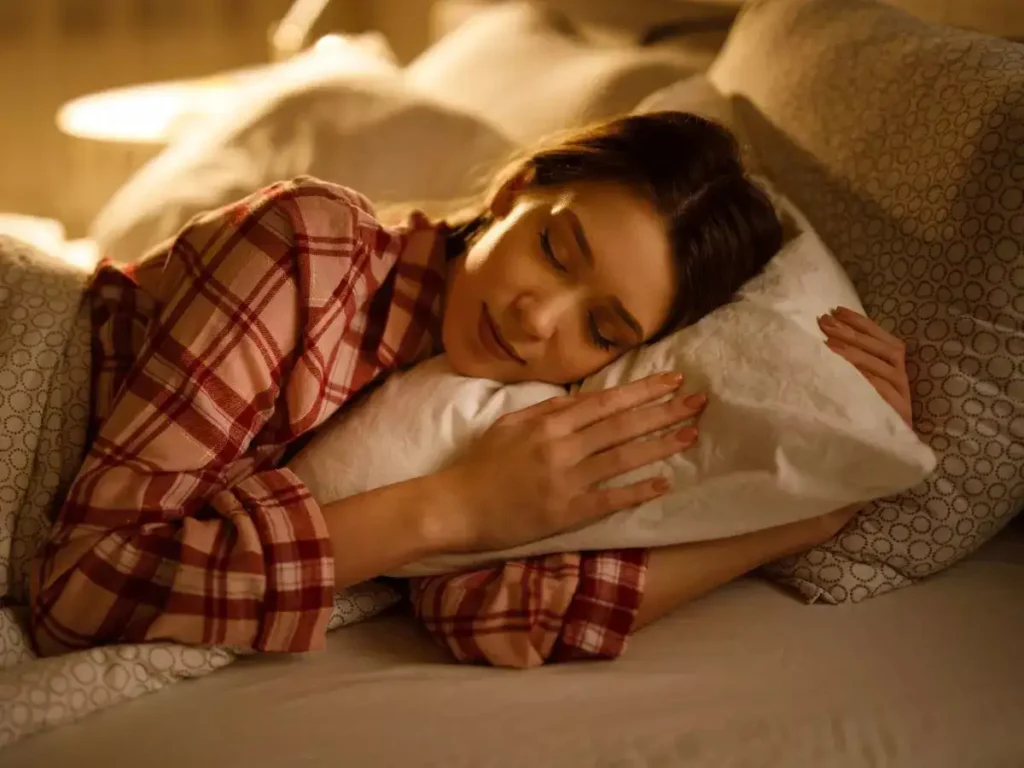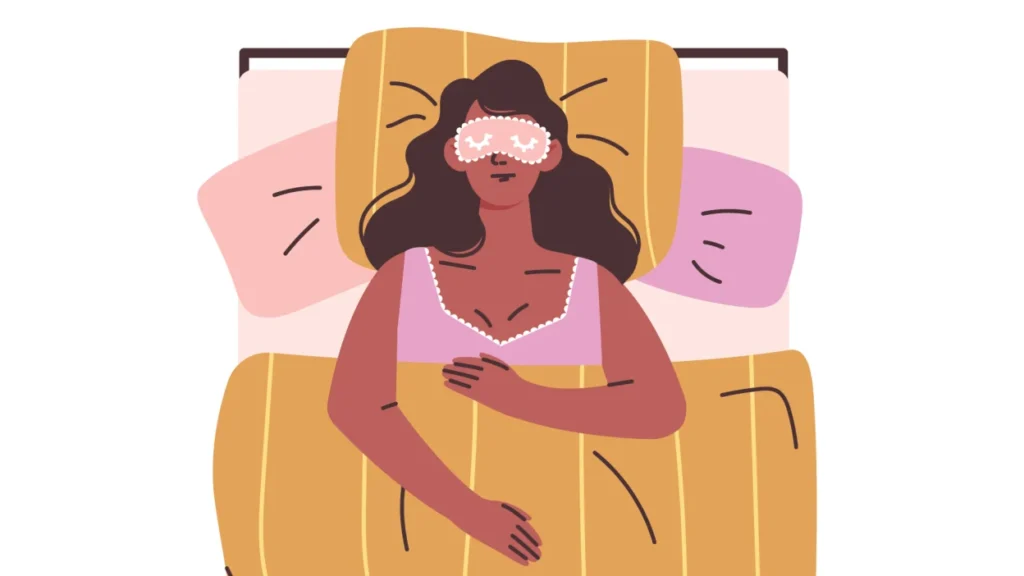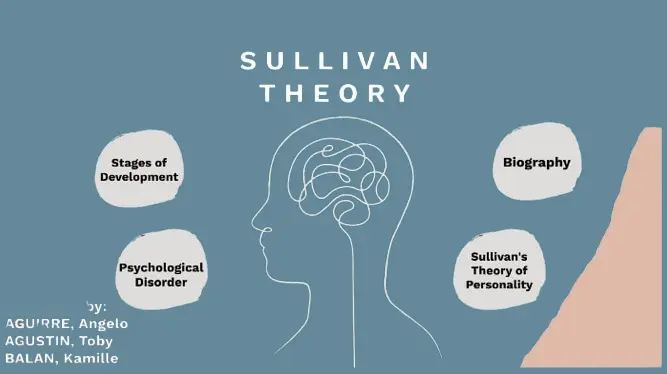Introduction
Sleep has always been a cornerstone of health, but in recent years, it has taken center stage in wellness discussions. Among Gen Z and Millennials, a new trend known as Sleepmaxxing has gained massive popularity across social media platforms like TikTok and Reddit. The idea is simple: prioritize and optimize sleep as the ultimate form of self-care, productivity, and mental health enhancement.

Unlike older generations who often glorified hustle culture and late nights, this trend celebrates rest. But as with any viral movement, a question arises—is Sleepmaxxing just another passing fad, or does it hold genuine benefits for physical and mental well-being?
This article dives deep into the psychology, science, and culture of Sleepmaxxing, answering common questions about its effectiveness, limitations, and long-term impact on health.
Is Sleepmaxxing Just a Fad, or Is It Effective?
Many wellness trends begin as internet sensations and fade away quickly. From detox teas to extreme diets, not all “hacks” stand the test of time. So, is Sleepmaxxing any different?
On the surface, Sleepmaxxing seems like another lifestyle trend. But unlike gimmicky fads, it’s rooted in science. Countless studies show that quality sleep improves memory, emotional regulation, immune strength, and overall mental health. What Sleepmaxxing really does is reframe the way society views rest—not as laziness but as an essential investment in health.
Why It’s More Than a Fad
- Cultural Shift: Young people are rejecting burnout culture and valuing balance.
- Science-Backed: Sleep is universally recognized as critical for brain and body function.
- Long-Term Benefits: Unlike restrictive diets or fitness crazes, sleep optimization is sustainable.
While the trend may fade in hashtags, the mindset shift it represents is likely to endure.
Is There a Maximum Amount of Sleep?
The phrase “the more, the better” doesn’t always apply to sleep. While too little sleep is harmful, too much sleep can also carry risks.
The Healthy Range
Experts generally recommend:
- Adults: 7–9 hours per night
- Teenagers: 8–10 hours
- Children: 9–12 hours
Sleeping beyond these ranges occasionally is not a problem, especially after illness or exhaustion. However, consistent oversleeping—more than 10–12 hours regularly—can be linked to:
- Increased fatigue and grogginess (sleep inertia)
- Higher risk of depression
- Metabolic imbalances
- Reduced motivation
Balance is Key
Sleepmaxxing isn’t about endless sleeping; it’s about quality rest in the right amount. Just like under-sleeping, oversleeping can disrupt circadian rhythms and negatively impact both mental and physical health.
What Is Snoozemaxxing?
As Sleepmaxxing gained traction, a playful sub-trend emerged: Snoozemaxxing.

This concept focuses less on nightly sleep schedules and more on indulging in naps, snooze breaks, and extra rest throughout the day. For some, it means taking guilt-free naps to recharge; for others, it’s about using rest as a form of rebellion against constant busyness.
Benefits of Snoozemaxxing
- Quick naps can improve alertness and memory.
- Reduces stress during long work or study sessions.
- Allows the body to recover in short bursts.
Drawbacks
- Overuse of naps may disrupt nighttime sleep.
- Relying too much on snoozing instead of deep, restorative sleep can cause grogginess.
Snoozemaxxing can be enjoyable, but unlike Sleepmaxxing, it doesn’t always align with optimal sleep hygiene.
What Are the Proven Benefits of Sleepmaxxing?
While Sleepmaxxing is wrapped in internet culture, its benefits are grounded in well-established science. Optimizing sleep can transform mental, emotional, and physical health.
1. Improved Mental Health
Adequate sleep is strongly linked to lower levels of anxiety and depression. Sleepmaxxing emphasizes creating routines that promote emotional stability.
2. Enhanced Cognitive Performance
Deep sleep stages improve memory consolidation, problem-solving, and creativity. Students and professionals practicing Sleepmaxxing often report better focus and productivity.
3. Emotional Resilience
Good sleep strengthens the brain’s ability to manage stress. People who Sleepmaxx may find themselves calmer and more emotionally balanced.
4. Stronger Immune Function
The body repairs itself during sleep. Sleepmaxxing supports better recovery from illness, increased energy, and fewer health setbacks.
5. Sustainable Lifestyle Practice
Unlike extreme trends, Sleepmaxxing encourages balance. Prioritizing sleep is a habit that can last a lifetime without harming health.
How Sleepmaxxing Impacts Mental Health and Daily Life
One of the most striking effects of Sleepmaxxing is its impact on mental health.
- Anxiety Relief: Proper rest calms the nervous system, lowering stress hormones like cortisol.
- Mood Regulation: Individuals practicing Sleepmaxxing report fewer mood swings and irritability.
- Productivity Shift: Instead of glorifying overwork, the trend celebrates efficiency through rest.
- Social Media Influence: Many users online share that Sleepmaxxing has helped them recover from burnout or study fatigue.
In a culture that often rewards constant activity, Sleepmaxxing offers a refreshing alternative—permission to rest without guilt.
Practical Tips for Sleepmaxxing
For those interested in practicing Sleepmaxxing, here are simple, science-backed tips:
- Create a Consistent Schedule – Go to bed and wake up at the same time daily.
- Optimize the Environment – Keep your bedroom cool, dark, and quiet.
- Limit Screen Time – Avoid phones and laptops at least 30 minutes before bed.
- Practice Relaxation – Try deep breathing, meditation, or gentle stretches before sleep.
- Watch Caffeine and Alcohol – Avoid stimulants in the evening that disrupt natural sleep cycles.
- Listen to Your Body – Everyone’s optimal sleep need is slightly different—find yours.
By making small adjustments, Sleepmaxxing can move from being a trend to a lifelong habit.
Conclusion
Sleepmaxxing may have started as a buzzword online, but at its core, it reflects a meaningful shift in how society values rest. Unlike fleeting wellness fads, it is rooted in genuine science and practical health benefits.
While oversleeping should be avoided, prioritizing quality rest through Sleepmaxxing leads to better mental health, stronger immunity, and greater productivity. Snoozemaxxing may add playful variety, but the heart of this movement lies in sustainable, restorative sleep.
Ultimately, Sleepmaxxing is not just a fad—it’s a transformation in how we view wellness. In a world that often glorifies exhaustion, this trend gives us permission to rest, recharge, and thrive.



